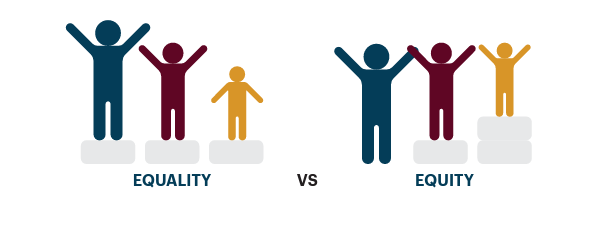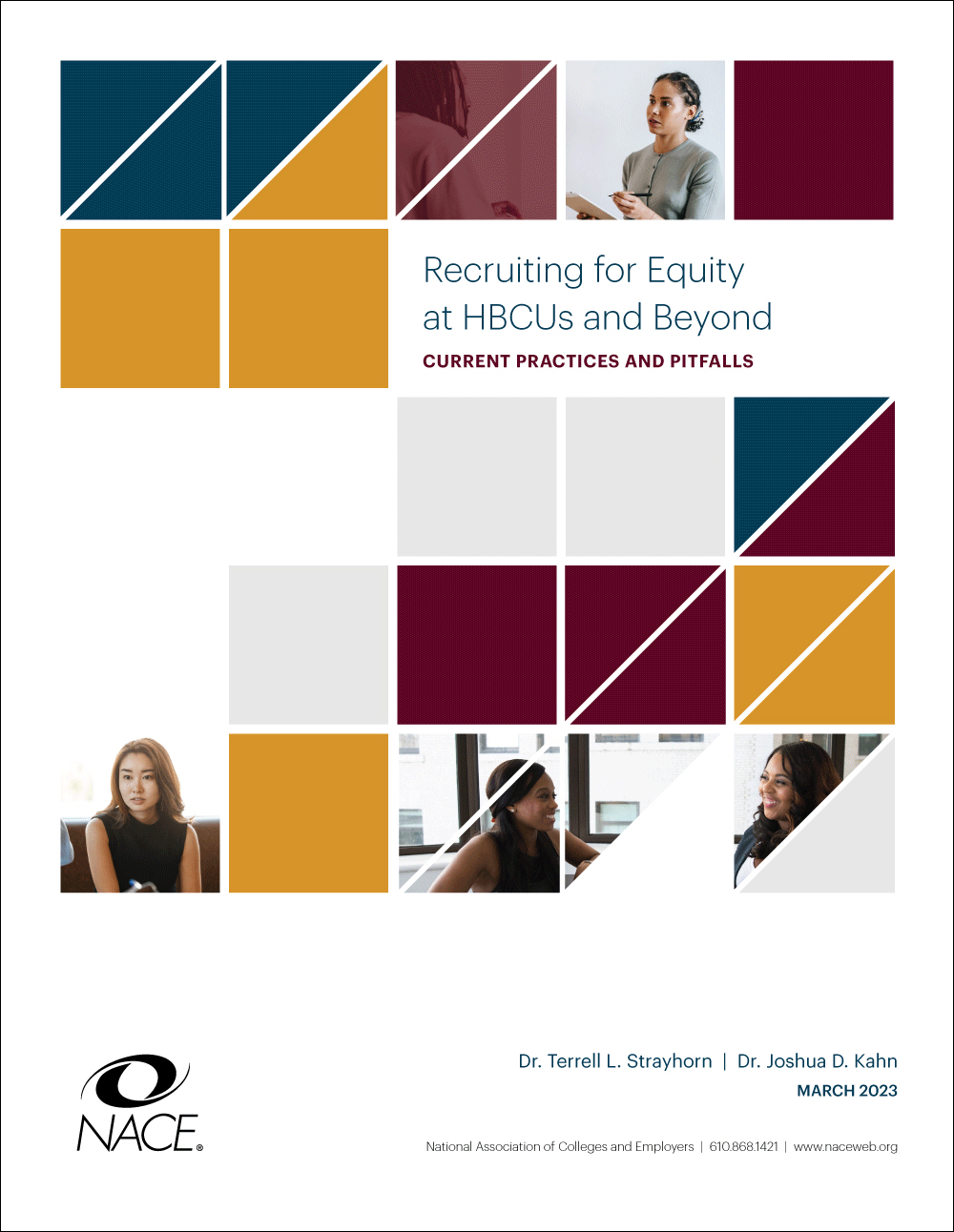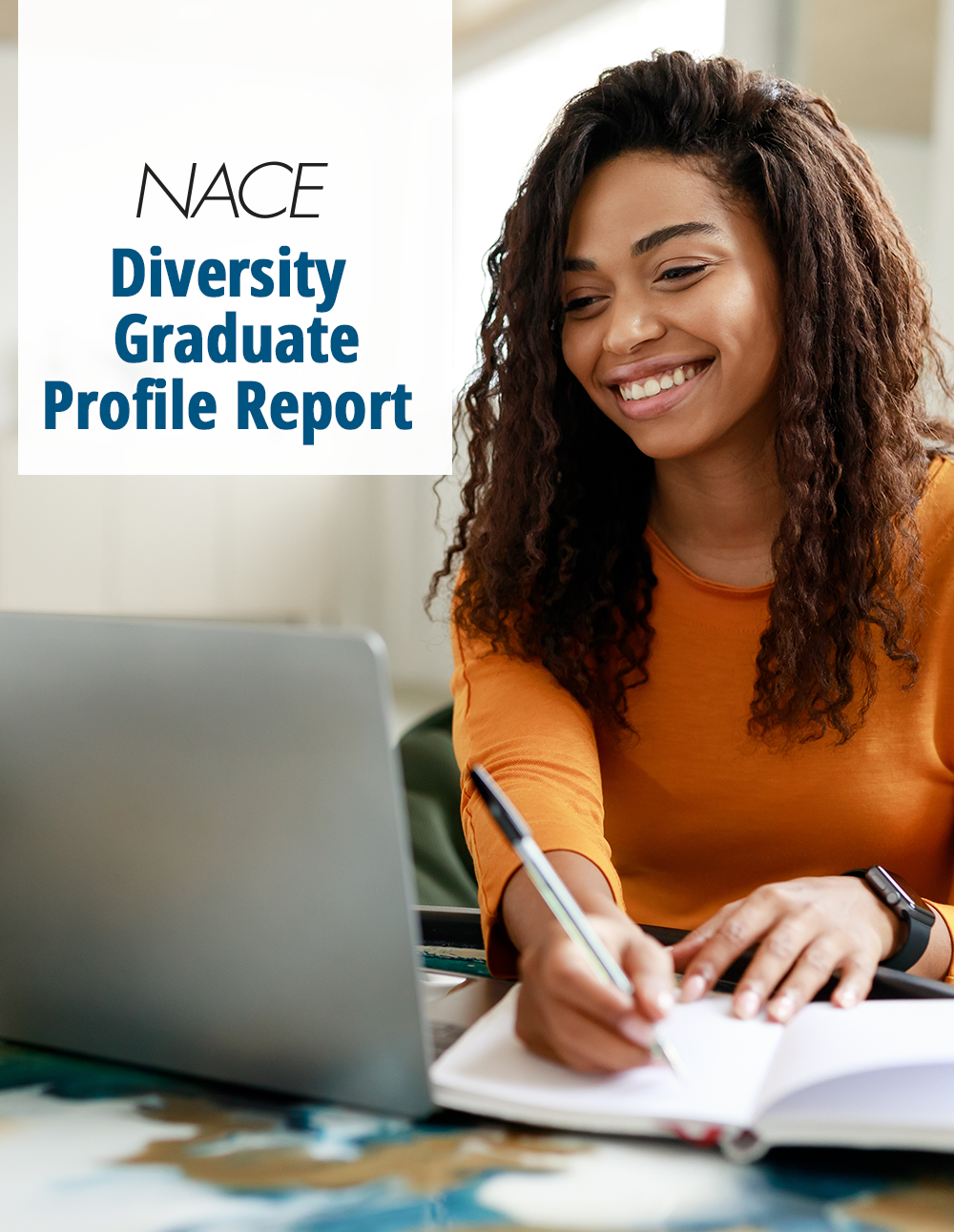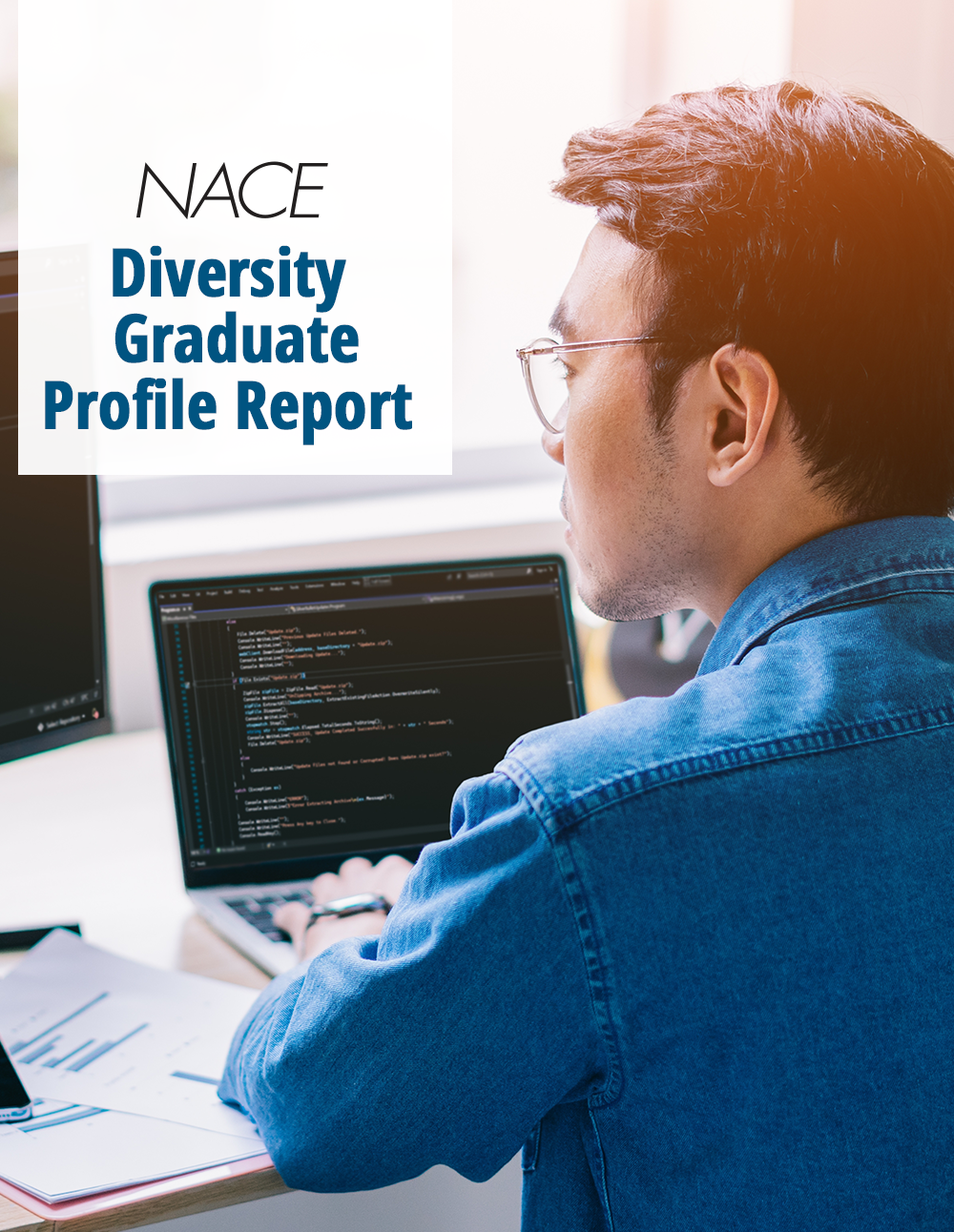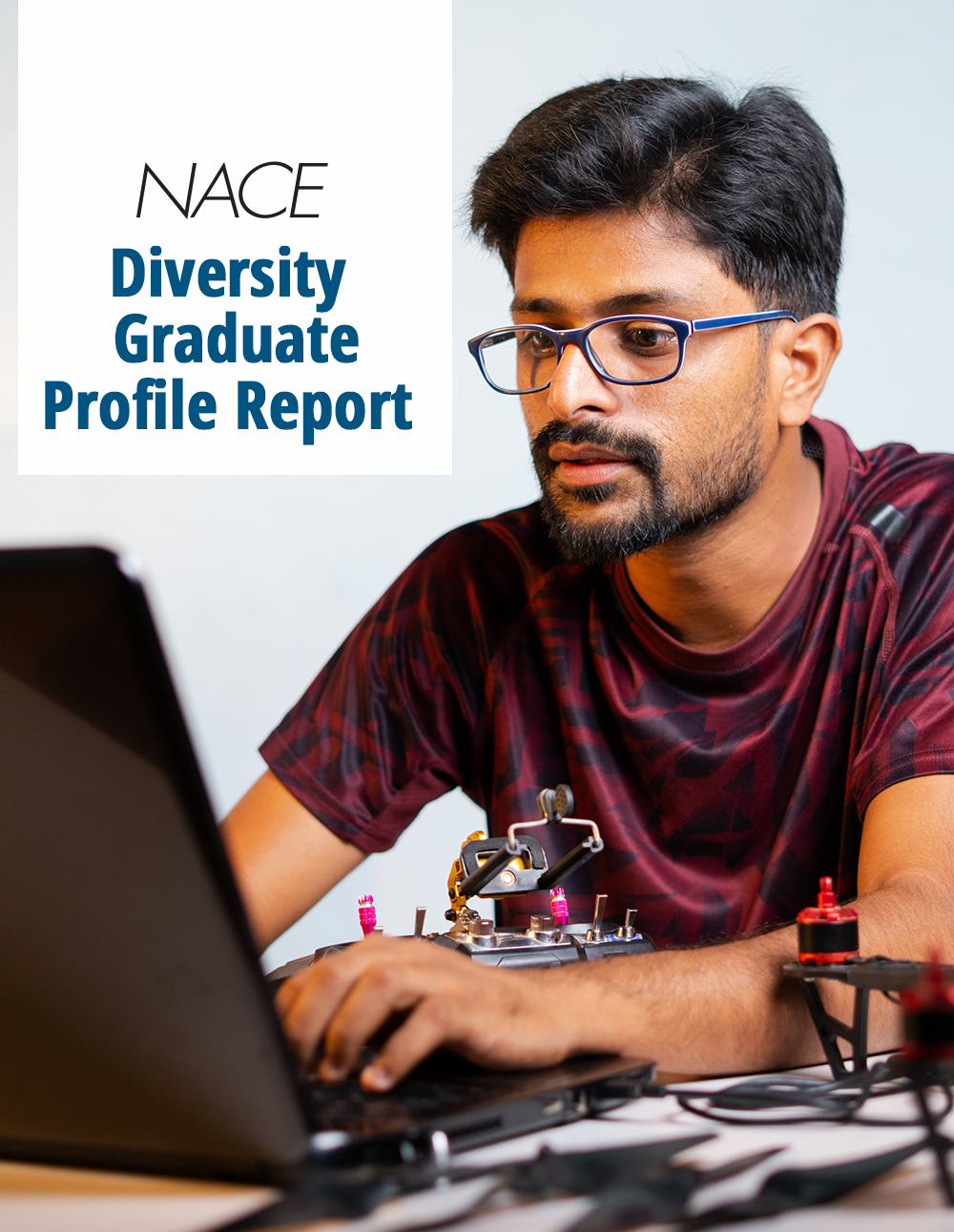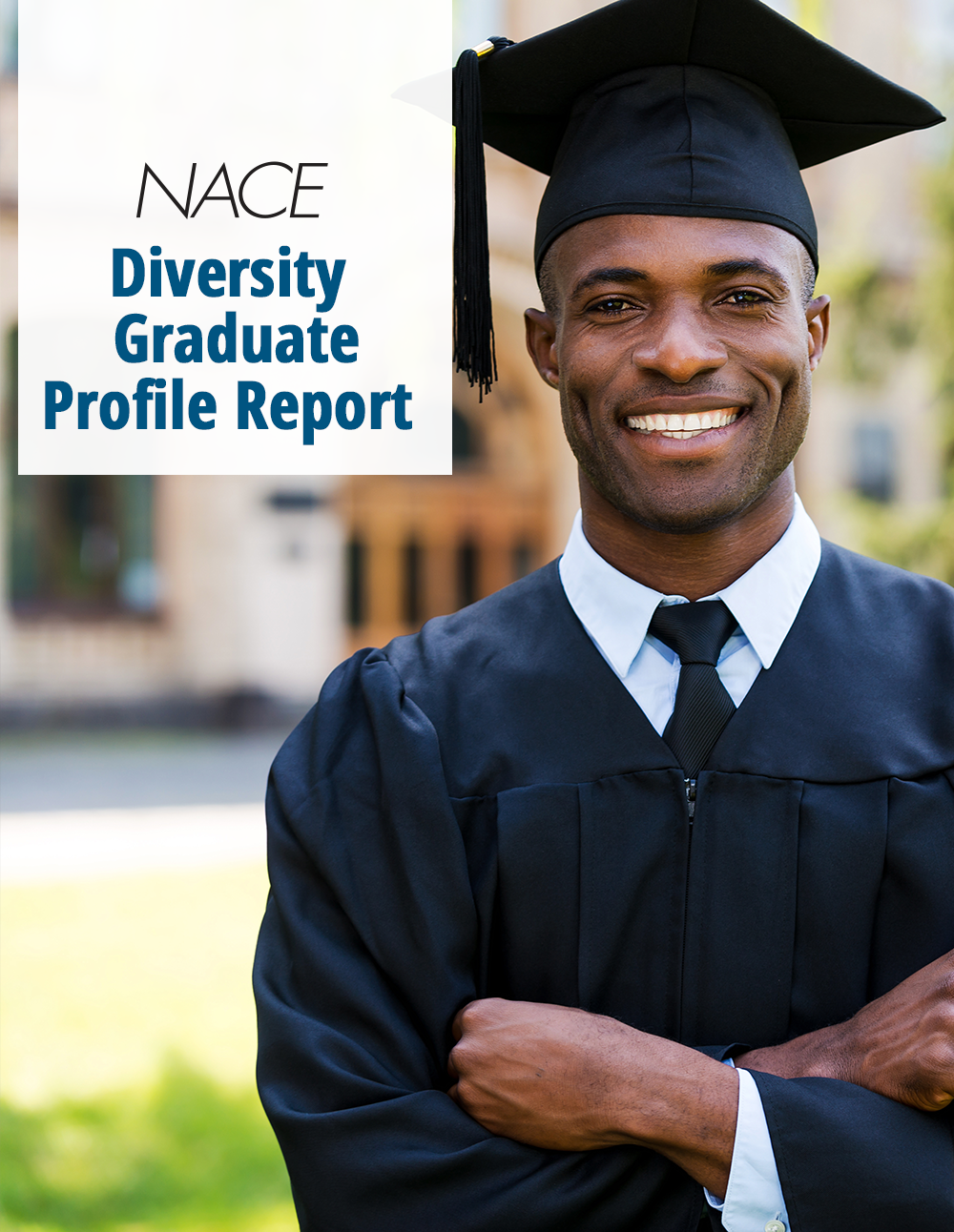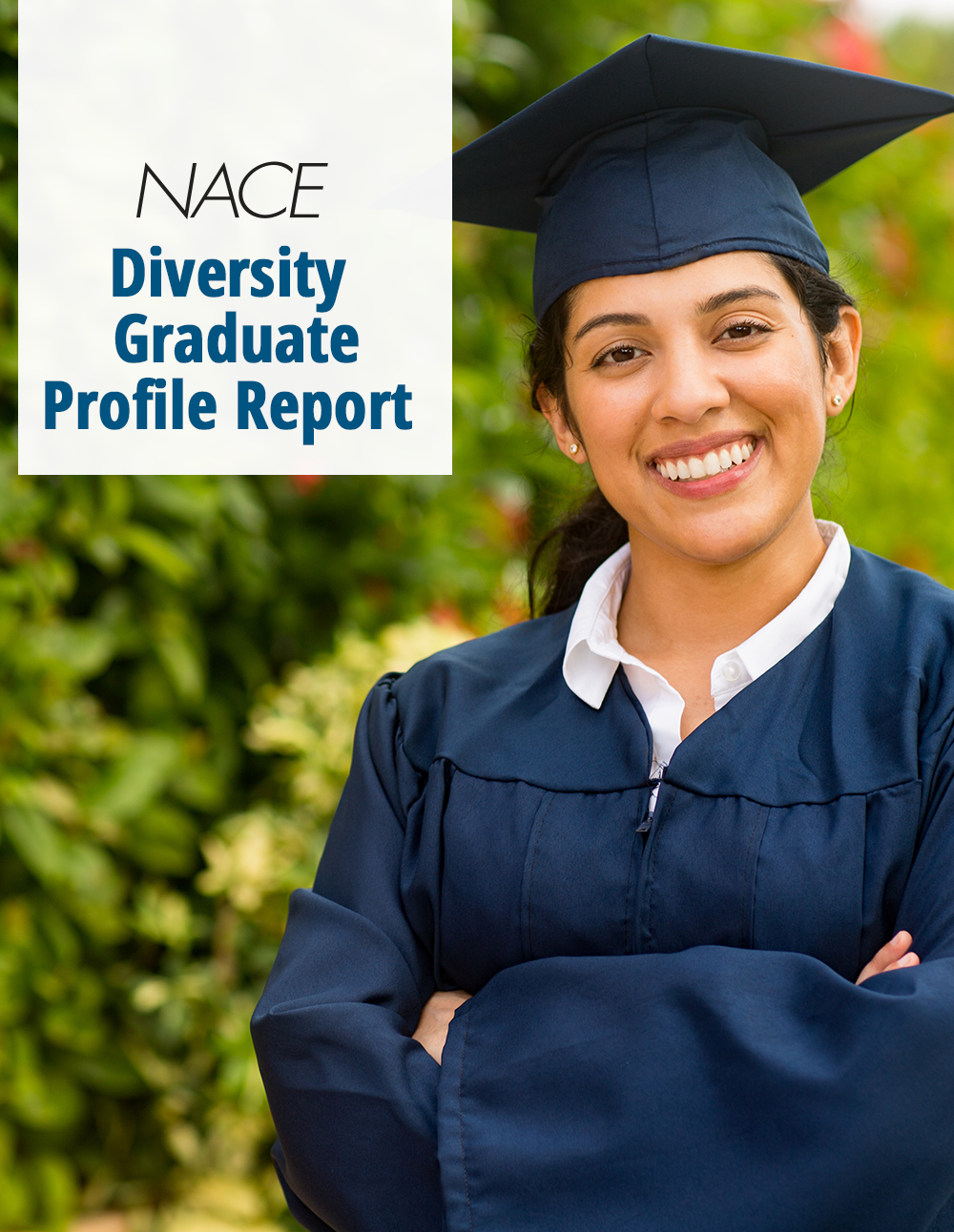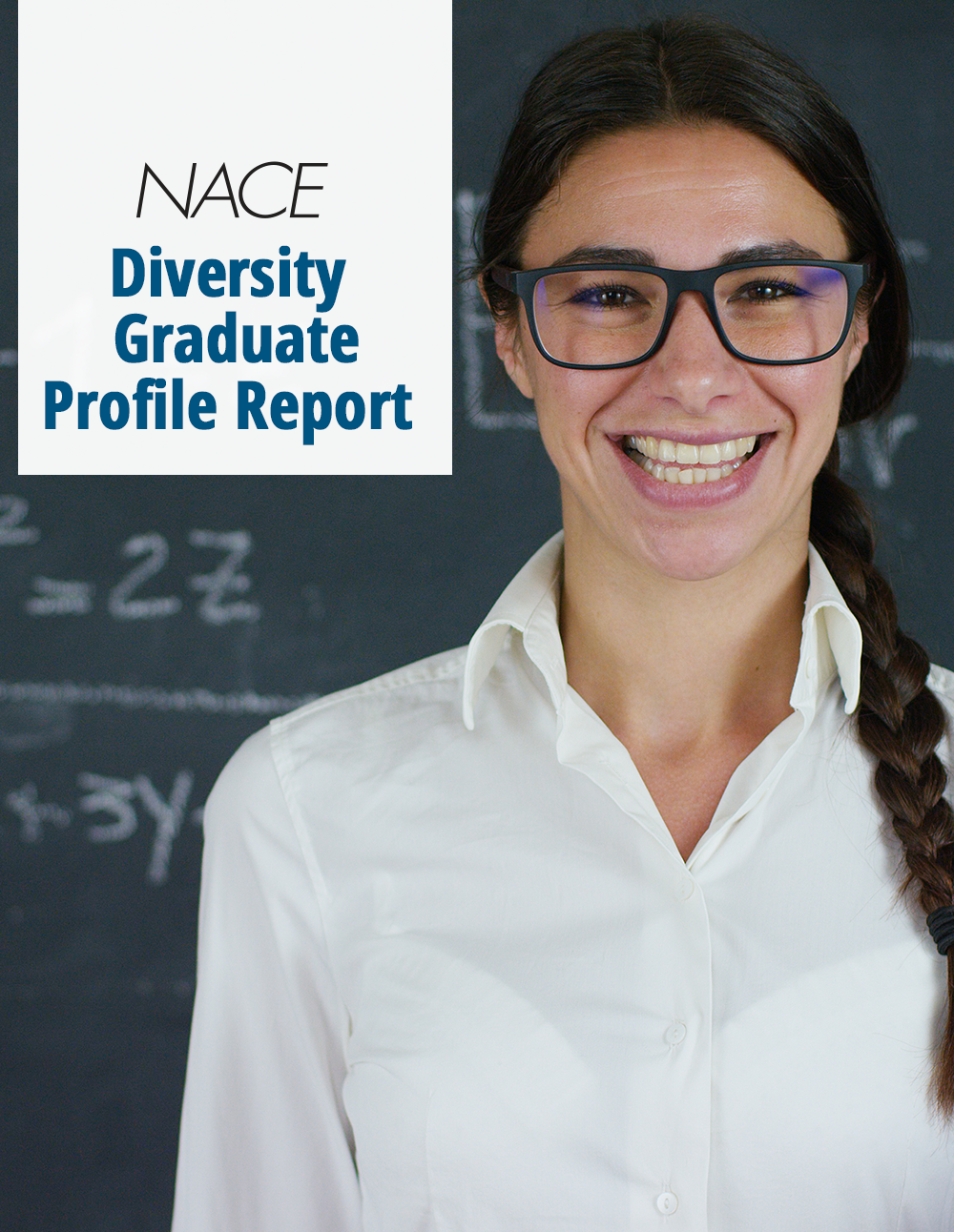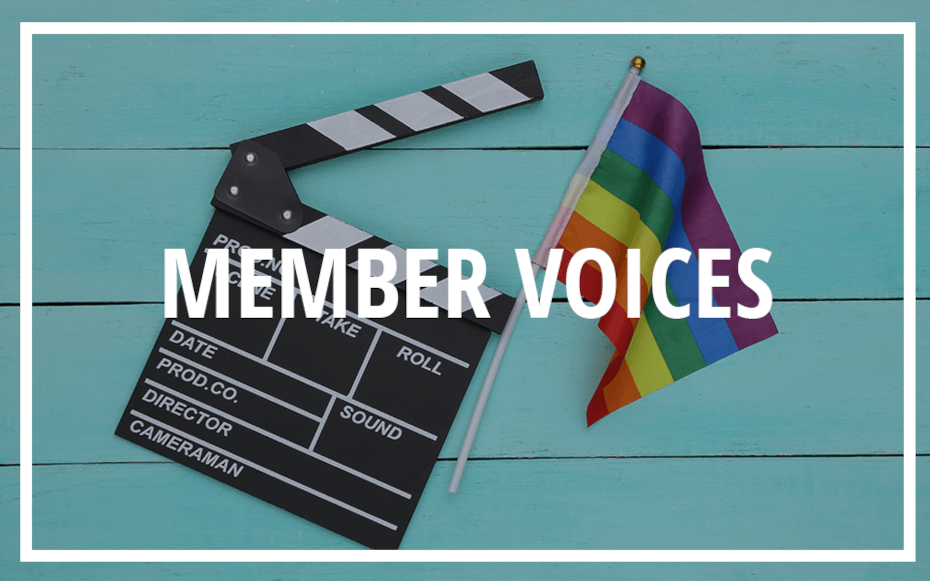If you want a good history of LGBTQIA+ representation, or lack thereof, in Hollywood, I recommend the documentary “The Celluloid Closet.” Depiction of the LGBTQIA+ community in films made in the prior century barely covered the first two letters of our acronym. Screenwriters inserted stock characters as people either to mock or fear. Rarely did anyone from the LGBTQIA+ community carry their own film.
“The Boys in the Band” hit screens in 1970 and featured an ensemble of all gay characters, but it may never have been made were it not a Broadway smash first. The film did not crossover to mainstream audiences. Thus, it did not launch an avalanche of LGBTQIA+ productions. The films that depicted gay characters in the 1980s primarily dealt with the AIDS crisis. The 1990s had some significant films that did well at the box office, notably “Philadelphia” and “The Birdcage.” Their box office success paved the way for other significant films such as “The Kids are All Right,” “Brokeback Mountain,” “Moonlight,” and “A Fantastic Woman” in the years that followed.
Great strides have been made of late. However, there is room for more progress to be sure. According to the University of Southern California’s Annenberg Inclusion Initiative, in 2019, there were fewer than 70 LGBTQIA+ speaking roles out of 26,000. Of those roles, only 23 % were people of color. Of the top 100 grossing films of that year, only six had female identified LGBTQIA+ roles. As a cis-gendered white male, I recognize that people like me are me are more often portrayed albeit still very rarely.
As far as television, according to GLAAD last year witnessed a record high percentage (10.9) of LGBTQIA+ characters in series., and on streaming services, nearly half the characters were people of color.
While increased visibility in the media helps young people know that they are not alone, from a career services perspective, it is disappointing that we do not often see LGBTQIA+ characters in the world of work, as college students may be inspired to go into a field of choice based on inspiration on what they see reflected in entertainment. For example, imagine how many students went into STEM-based careers because of their love for “Star Trek.”
“Billions” on Showtime features a nonbinary character in the world of finance. The portrayal of the character is a positive one even if the depiction of the industry is less than flattering. “My Crazy Ex-Girlfriend” showcased a bisexual lawyer. The main character in “Looking” on HBO worked in the gaming industry. While the latter two shows are no longer airing new episodes, both are available on streaming services. There are many other shows with LGBTQIA+ characters; however, most either feature characters in high school or college, or the careers of the characters are not a focus for the show. An even greater challenge is to have LGBTQIA+ actors cast in these roles.
The situation could improve if there was better representation behind the scenes. The Annenberg study does not even include LGBTQIA+ representation in their analysis of who is behind the camera. According to GLAAD, 20% of all characters that represent the community come from shows created by just four executives: Greg Berlanti, Ryan Murphy, Shonda Rhimes, and Lena Waithe.
Many of the entertainment companies have affinity groups for employees across divisions; clearly, however, more could be done to support the creative development of talent for women, people of color, and those who identify as LGBTQIA+.
Further complicating matters, one of the only ways to break into the industry is through an unpaid internship. However, how financially feasible is this for someone who belongs to the LGBTQIA+ community who may have been shunned from their family and is no longer financially supported by them, if they even were in the first place? This is one of the greatest areas of opportunity to improve diversity on screen and off. Entertainment companies must strongly reconsider this long-standing practice of unpaid internships. I am proud to work for a college that offers stipends for students to intern in the career field of their choice. This helps those who cannot afford to accept unpaid internships. On the other hand, not every college and university offers a program such as the one at Pomona College. I hope that entertainment companies can find a way to rise to the challenge by paving the way for future generations of talent. By doing so, these companies will only form brand loyal audiences for the content that they create together with the writers, cast and crew that they cultivated using in-house development funds.
Paul Hardister is associate director, Employer Relations & Experiential Programs at Pomona College.
